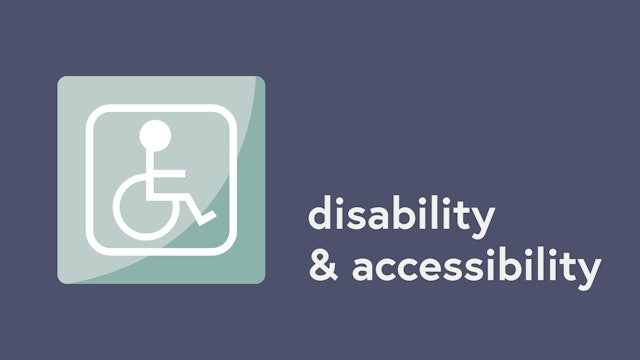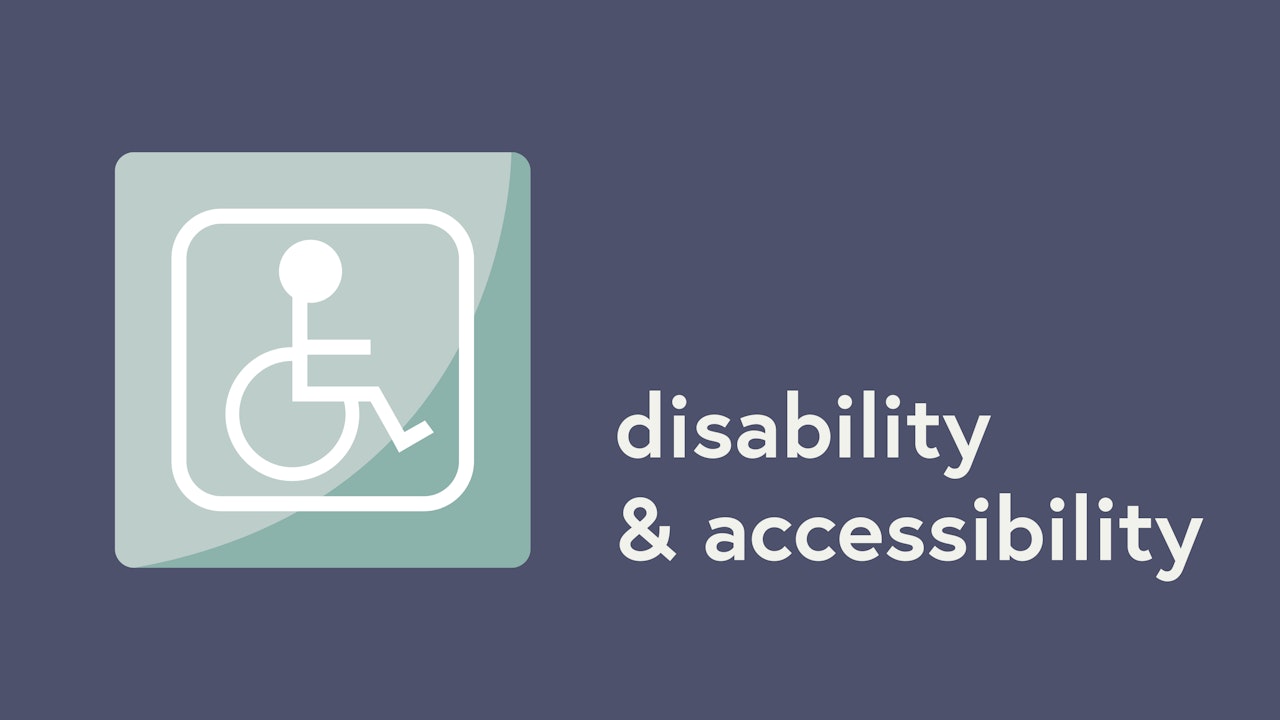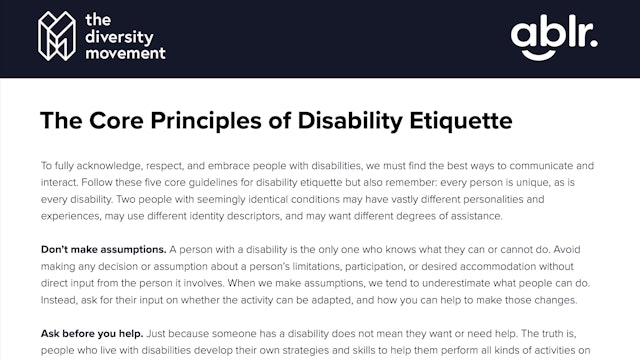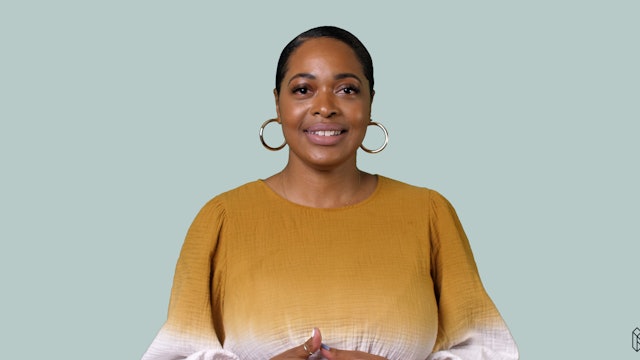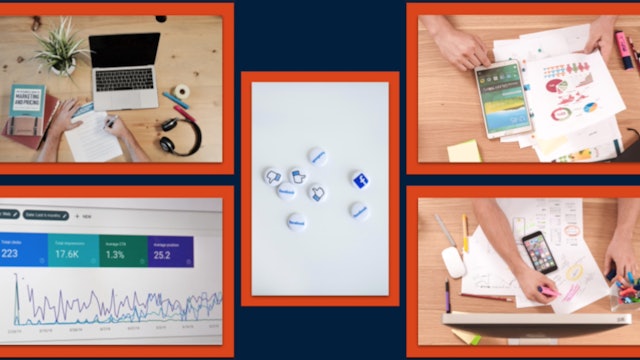-
What Types of Disabilities Are There?
Learn about some of the most common types of disabilities, like vision impairment, deafness, mental health conditions, neurodiversity, and physical conditions.
-
Being Inclusive for Halloween
Rethink Halloween through the lens of inclusivity, and you’ll quickly recognize several ways that some “traditional” ways of celebrating are far from fun for everyone. Recognize the often-overlooked reasons why. Discover helpful tips for making future Halloween celebrations truly inclusive.
-
5 Core Principles of Disability Etiquette
Improve both your understanding and your ability to treat people with disabilities with dignity and respect by absorbing these valuable principles that are firmly grounded in the real-world, daily experiences of disabled individuals.
-
Core Principles of Disability Etiquette One Pager
267 KB
-
How Can I Be an Ally to People with Intellectual Disabilities?
An ally is someone who provides support to a community they’re not a part of, joining their fight for equality, rights, and inclusion. Here are ways to be an ally for people with intellectual disabilities.
-
Why Color Contrast is Important and How to Test It
Take advantage of technical advice to ensure your web content is accessible to all, particularly people with low vision or blindness. Learn why color contrast is an important and easy factor to adjust to make content both visible and detectable by screen readers and other assistive technologies.
-
Inclusive Language for People with Disabilities
Improve your understanding and inclusive language skills specific to people with disabilities. Learn best practices for acknowledging each person’s full identity and capabilities, and how to steer clear of discriminatory and derogatory terms.
-
5 Ways to Accommodate Dyslexia in the Workplace
Expand what you know about dyslexia. Improve the productivity of your workforce by taking these proven, helpful steps to greatly reduce the communications challenges and barriers dyslexia causes for roughly 1 in 5 of your employees.
-
What is the Definition of Disability?
Learn the definition of disability as it pertains to inclusive workplace policies and also as it is defined by the Americans with Disabilities Act (the ADA). Also, review some brief historical context and conditions or impairments that could be considered disabilities.
-
What Does the ADA Protect?
Learn how the Americans with Disabilities Act (the ADA) protects people with disabilities from discrimination and unfair treatment in employment, communications, government programs, transportation, and more.
-
Am I Allowed to Ask Someone If They Have a Medical Condition?
If you’re not in Human Resources, it can be difficult to know what you can and can’t ask about medical conditions and disabilities. After all, disability is a legally-protected class under Equal Employment Opportunity. This video teaches you how to approach medical conversations with coworkers as...
-
A Short History of Disability in America
People with disabilities have been marginalized and excluded throughout history. Here are some of the major moments in American history that have shifted the conversation about disability inclusion and worked to level the playing field around accessibility, accommodation, and workplace productivity.
-
What is Asperger's Syndrome?
Asperger's syndrome is a disorder on the Autism Spectrum that affects someone’s ability to communicate and socialize effectively. Gain clarity on the definition of Asperger’s syndrome.
-
How Can I Support Colleagues with Intellectual Disabilities?
Gain insights and get helpful guidance for supporting your colleagues with intellectual disabilities. Discover three keys to helping colleagues feel welcome and included, creating a more productive workplace for all.
-
What is Executive Dysfunction?
Understand the definition of executive dysfunction, how it impacts work performance, and what steps can be taken to empower employees who have this condition.
-
What Does Limb Difference Mean?
Investigate what the term “limb difference” means. Get helpful advice for ensuring reasonable accommodation, accessibility, and appropriate assistive technology for employees with the partial or complete absence of a limb.
-
What is an Intellectual Disability?
Develop a deeper understanding of intellectual disabilities, not only how these terms are defined, but how they impact some people’s ability to reason, solve problems, plan, understand concepts, and learn.
-
Difference Between a Service Animal and an Emotional Support Animal
Get clear on the difference between service animals and emotional support animals and the ways they assist people. Benefit from helpful tips for accommodating these animals in your workplace, including what’s required by the Americans with Disabilities Act (ADA).
-
History of Disability
The history of disability in the United States is long and nuanced. Over the past 7 decades, much legislation has passed that has changed the way that disabilities are viewed in American society. This video covers watershed moments that have shaped disability rights today.
-
3 Mistake to Avoid When Communicating with People with Intellectual Disabilities
If you’re not experienced at communicating with people with intellectual disabilities, you may be worried you’ll say the wrong thing. Learn from these common mistakes to avoid making them yourself.
-
Inclusive Marketing for People with Disabilities
People with disabilities make up a larger portion of the U.S. population and an even larger portion of the world population. Neglecting this market segment is a miss for all companies. Learn why inclusive marketing is so important and how to implement it properly.
-
Conceptual Models of Disability
Our definition of what constitutes a disability has shifted over time, depending on medical and social climates. Here, we’ll dive into five conceptual models (medical, social, charity, economic, and functional) that represent some commonly-held points of view on disability, and we’ll tell you whi...
-
What Are Best Practices to Increasing Digital Accessibility at Our Organization?
Ensuring color contrast, adding alt text, and including meta descriptions are all tools you can use to make your website more digitally accessible.
-
Attract Top Talent
In today's society, diversity and inclusion is top of mind for job applicants. In order to recruit and retain the world's top talent, you need to make sure that your recruitment policies are inclusive to all people, including those with disabilities. Learn how in this video.

